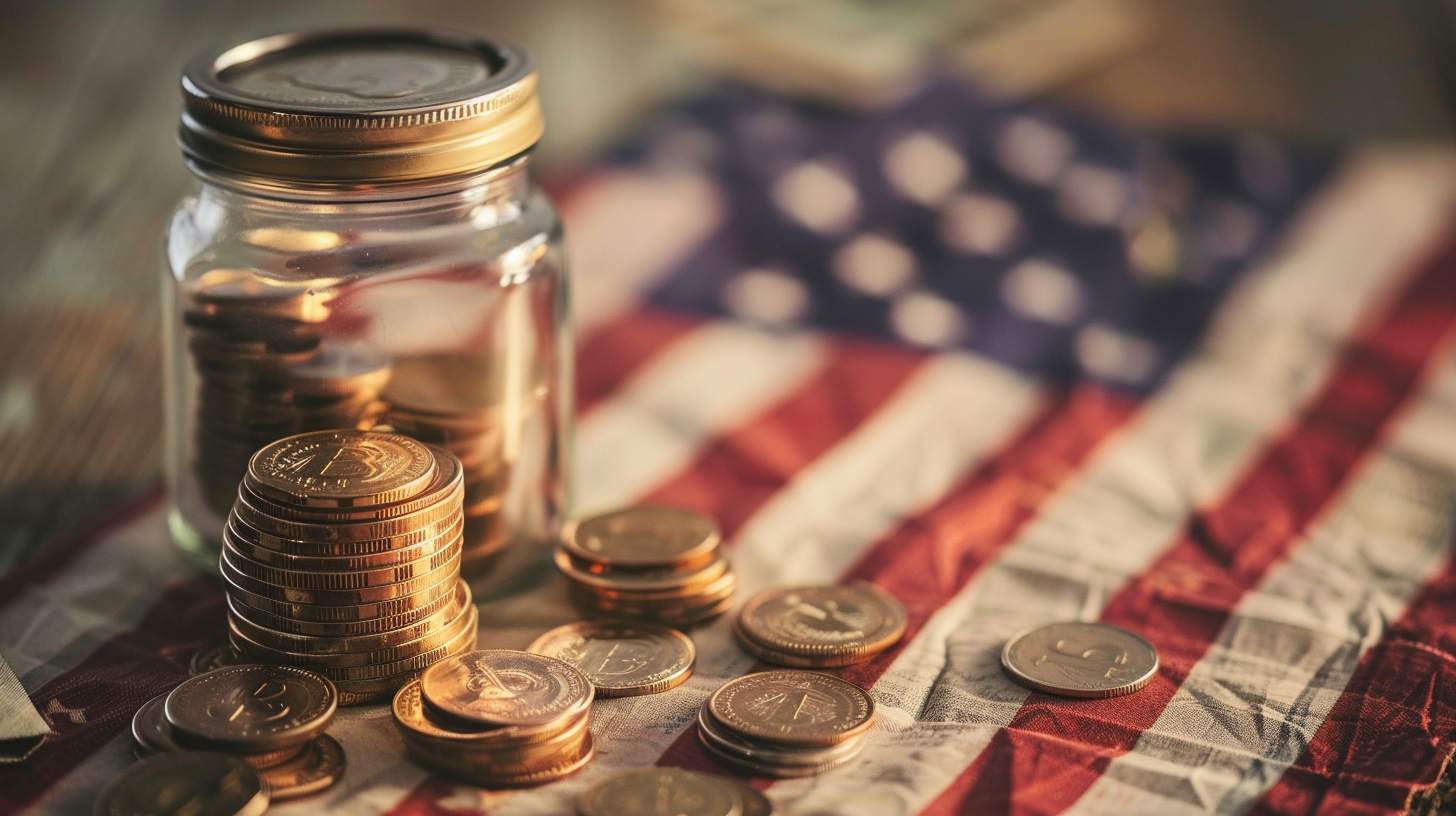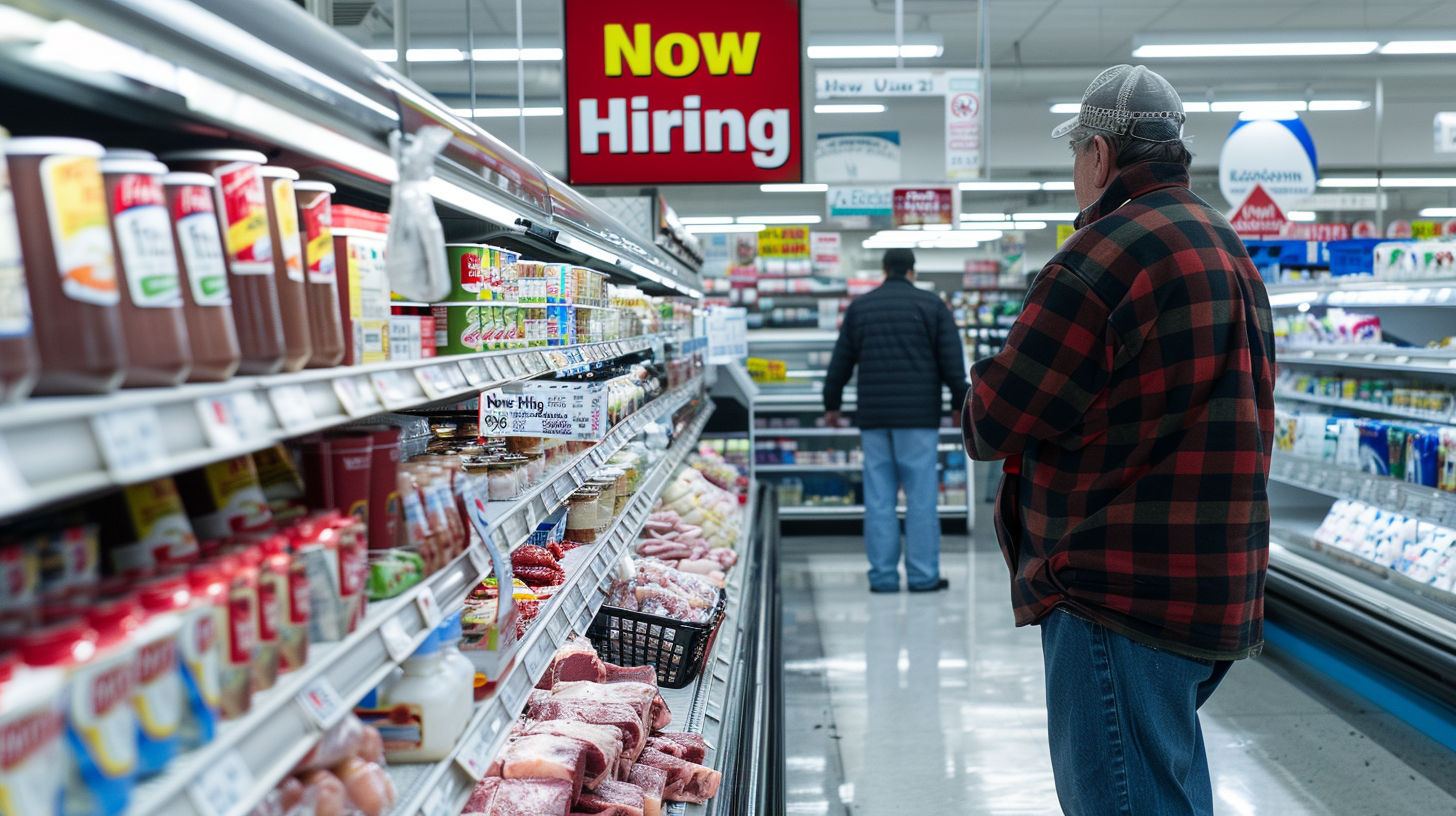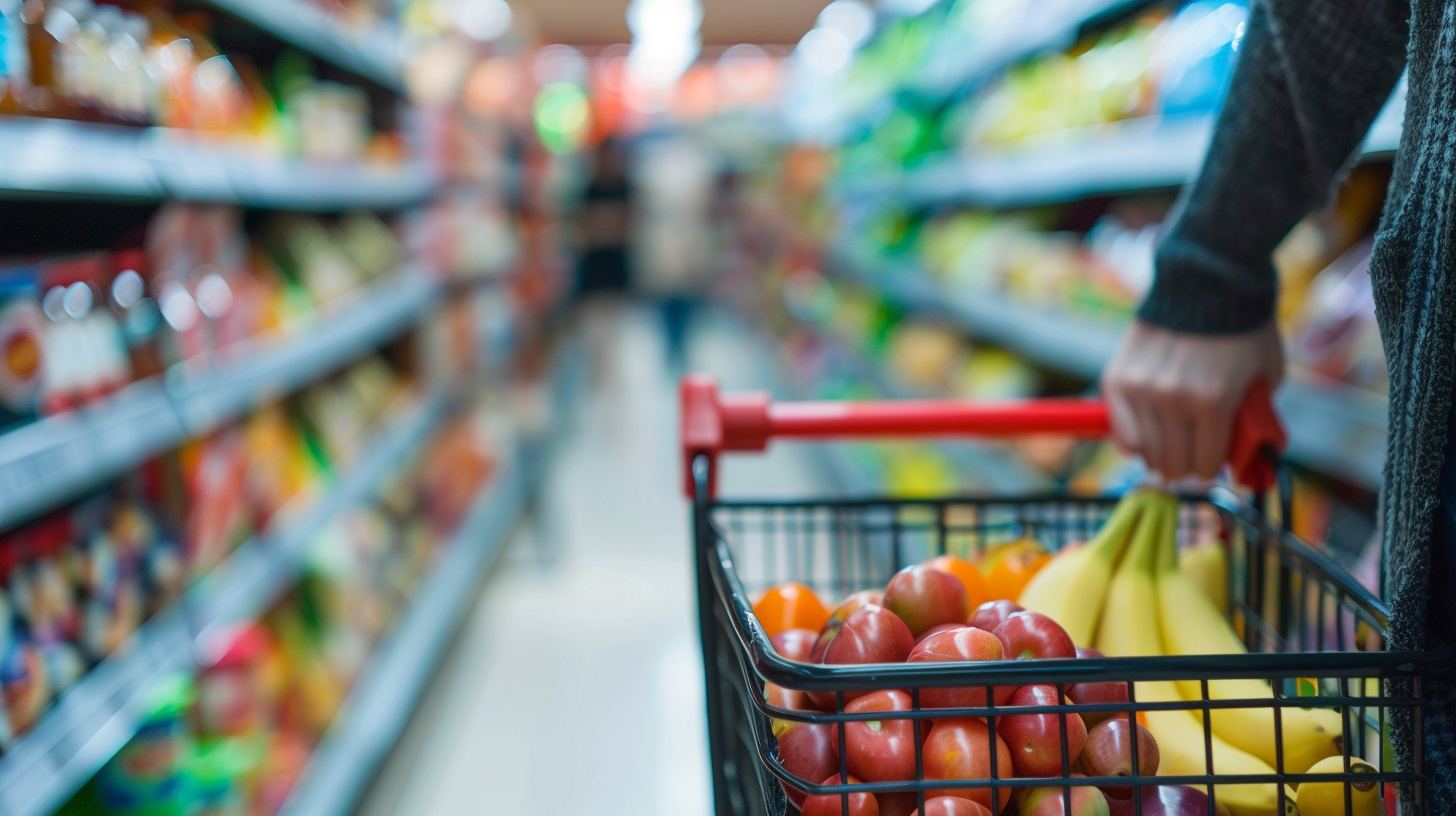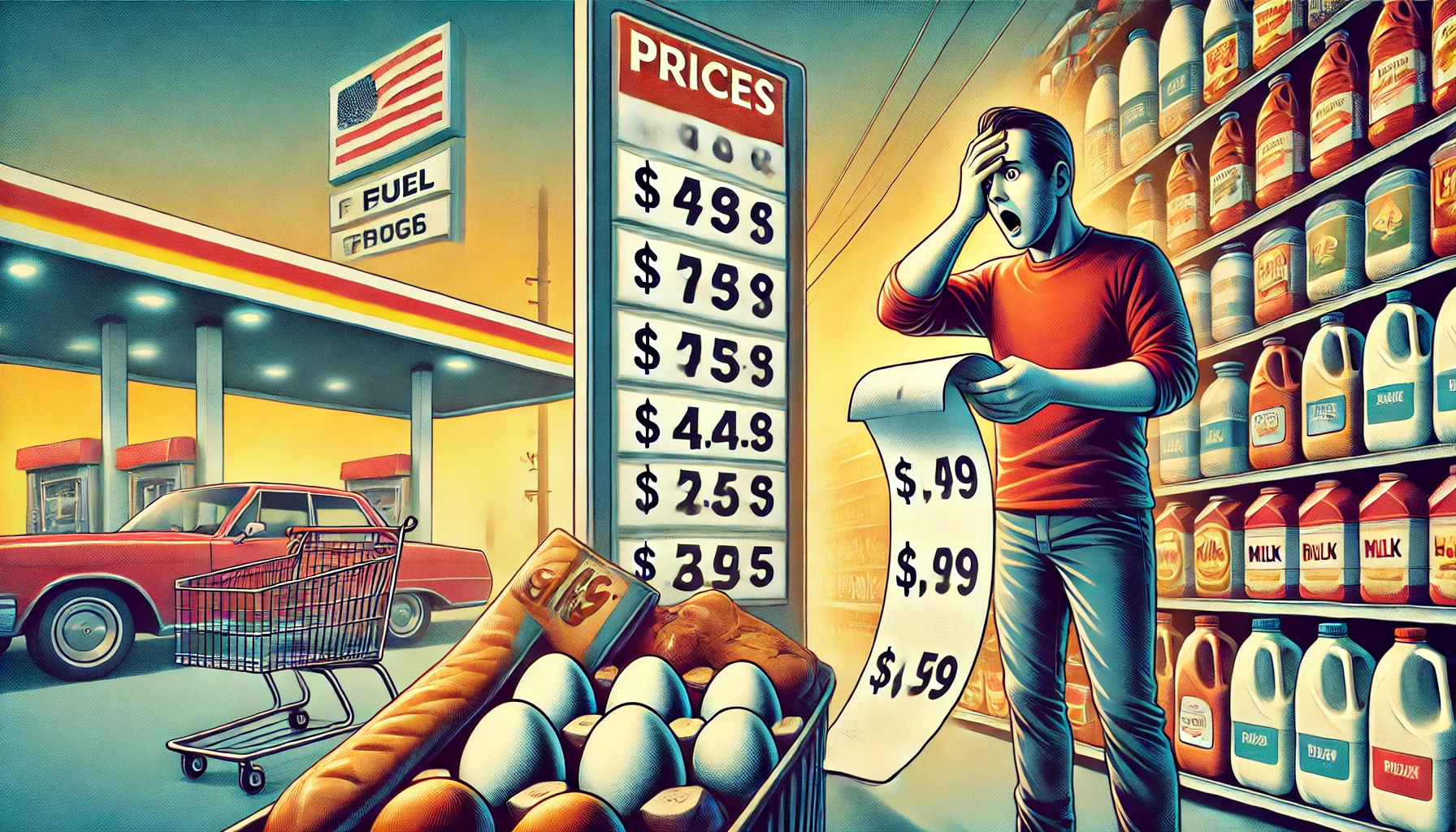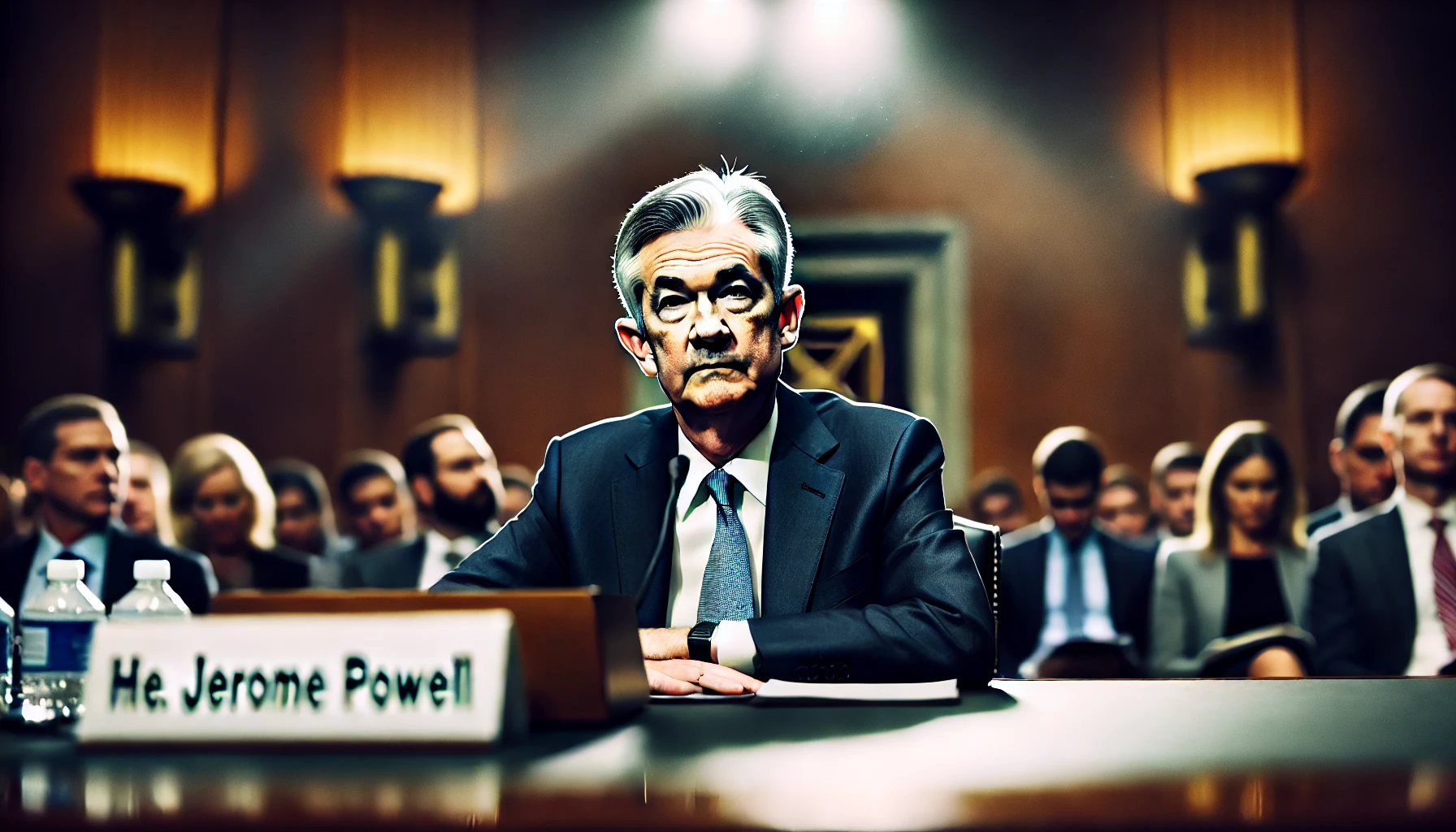Inflation eased slightly in September, coming in below economists’ expectations and offering fresh signs that price pressures may be gradually cooling. The latest Consumer Price Index (CPI) report showed prices rising 3% year-over-year, just below the 3.1% forecast, and up 0.3% from August. While inflation remains above the Federal Reserve’s 2% target, investors took the softer reading as confirmation that the Fed is likely to move forward with a quarter-point rate cut at its upcoming meeting.
For small-cap investors, this development could be particularly meaningful. Lower interest rates often translate to cheaper borrowing costs, which can provide a boost to smaller, growth-oriented companies that rely more heavily on credit to fund operations and expansion. In contrast to large-cap corporations with stronger balance sheets, small caps tend to feel monetary shifts more directly — both on the upside and downside.
The report also showed encouraging moderation in key components. Core inflation, which excludes volatile food and energy prices, rose 3% year-over-year, slightly cooler than August’s 3.1%. Meanwhile, shelter costs — one of the stickiest contributors to inflation — increased only 0.2% month-over-month, the smallest gain in over two years. Housing and rent data are often lagging indicators, so any sustained cooling there could accelerate broader disinflation trends heading into the new year.
Still, the data wasn’t uniformly positive. Gasoline prices spiked 4.1% in September, driven by higher crude costs and seasonal demand, while apparel and household furnishings also saw noticeable increases. Yet overall, the direction of inflation remains encouraging for equity markets, particularly for rate-sensitive sectors such as small caps, regional banks, and industrials.
Another notable element of this report is the timing. Released amid a prolonged government shutdown, this CPI print is expected to be one of the last reliable economic data points for several months. Economists warn that future readings may rely more heavily on estimates, increasing uncertainty. That backdrop could heighten market volatility — but for investors with a long-term focus, it may also create tactical opportunities in undervalued areas of the market.
Historically, periods of easing inflation paired with falling interest rates have favored small-cap performance relative to large-cap benchmarks. The Russell 2000, for example, has outperformed the S&P 500 during early-stage easing cycles in more than 70% of past Fed transitions. With inflation holding near 3% and rate cuts on the horizon, investors may soon see renewed rotation into smaller, domestically focused companies — especially those positioned to benefit from lower financing costs and rising consumer spending.
While it’s still too early to declare victory over inflation, September’s CPI data supports the narrative of a “soft landing” — an environment where growth slows without tipping into recession. If that holds, small caps could emerge as one of the biggest beneficiaries in the coming months, offering renewed potential for outsized returns as markets adjust to a lower-rate landscape.


